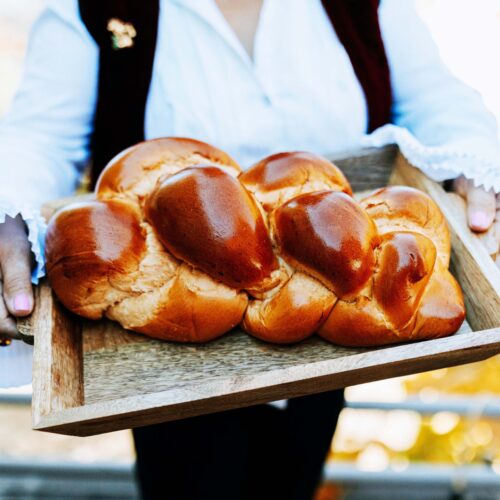
Master the Art of Baguette Consumption and Impress Your Friends with Your ‘Je ne sais quoi’!
Eating a French baguette is not just about satisfying hunger; it’s a cultural experience. French baguettes are a staple of French cuisine and are enjoyed by the French people with great reverence.
To eat a French baguette like a French girl is to embrace the culture and traditions of France. It’s about savoring the bread, appreciating its texture and flavor, and enjoying it as a part of a full sensory experience.
From how you choose your baguette to how you pair it with wine and cheese, certain etiquette and customs will help you embrace the French way of enjoying this iconic bread.
Here are some tips to help you eat a French baguette like a French girl:
- Choose the proper baguette: Look for a baguette with a crisp crust and a soft, chewy interior. The crust should be golden brown and sound hollow when tapped. Avoid baguettes that are too hard or too soft.
- Use your hands: French girls typically break off pieces of the baguette with their hands instead of slicing it with a knife. This allows you to feel the texture of the bread and enjoy it in a more tactile way.
- Pair with cheese and wine: A French baguette is often enjoyed with cheese and wine. Choose a mild cheese such as brie or camembert to pair with your baguette, and enjoy it with a glass of red wine.
- Don’t rush: French girls savor the experience of eating a baguette, enjoying each bite, and appreciating the flavors and textures. Take your time and enjoy the bread slowly.
- Use etiquette: In France, it is considered impolite to put the baguette directly on the table or to hold it with your fingers while eating. Instead, place it on a bread plate or tear off pieces and place them on your plate.
Tip: Remember, the key to eating a French baguette like a French girl is to enjoy the experience and savor the flavors and textures of the bread. Bon appétit!
Did you know?
French baguettes are legally defined in France. The French government has strict regulations that dictate a baguette’s exact dimensions and ingredients. According to French law, a baguette must be between 55 and 65 centimeters long and weigh between 250 and 300 grams.
It can only be made with flour, water, yeast, and salt and must be baked fresh daily. These regulations are in place to preserve the quality and authenticity of the iconic French baguette.
Recently, the French Baguette has recieved protections and added to the UNESCO Cultural Heritage list.

A little history:
The French baguette has become an iconic symbol of French cuisine and culture, but its origins still need to be determined. Some historians believe the baguette originated in Vienna, Austria, in the early 19th century, when bakers created a long, thin loaf called Vienna bread.
Others believe the baguette evolved from the pain de campagne, a country-style bread famous in France during the 18th and 19th centuries.
Regardless of its origins, the French baguette as we know it today became popular in the early 20th century. Before this, the baguette was a dense, heavy bread that was difficult to transport and store.

In the 1920s, new technologies allowed bakers to create lighter, airier bread that was easier to transport and had a longer shelf life.
By the 1930s, the French baguette had become a French cuisine and culture staple. It was sold in bakeries and on the streets of Paris, becoming a symbol of the French way of life.
The baguette is still an essential part of French culture and is enjoyed by people worldwide. In fact, in 1993, the French government passed a law that officially declared the baguette a part of France’s cultural heritage and established regulations for its production.


